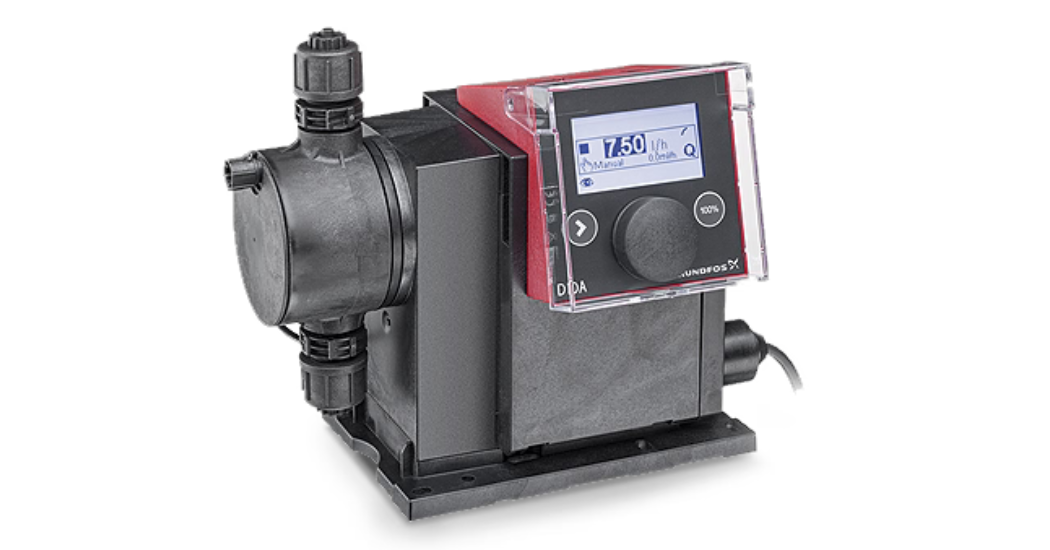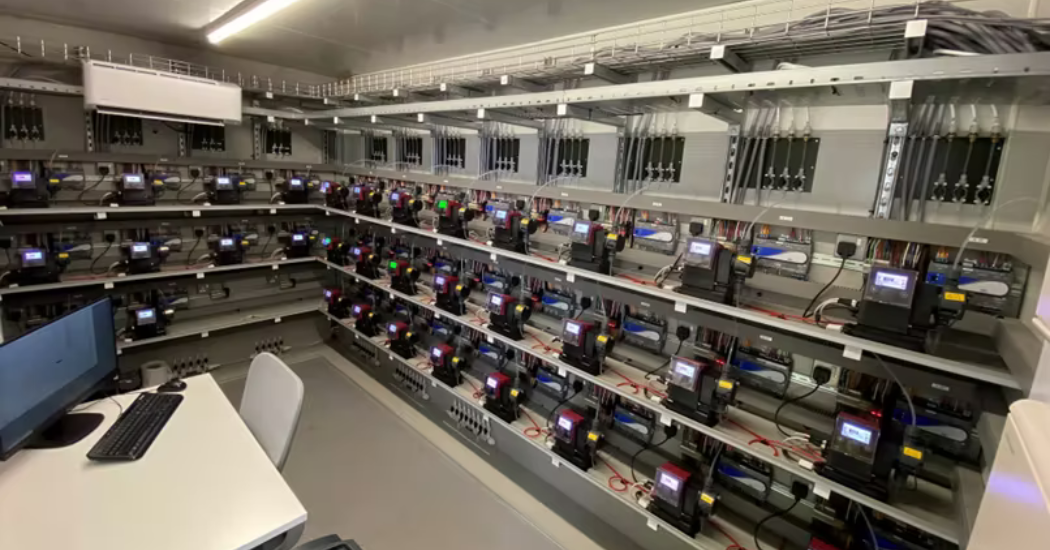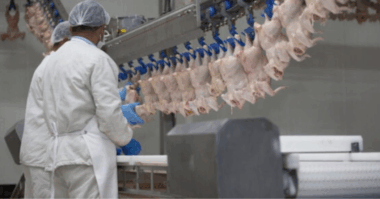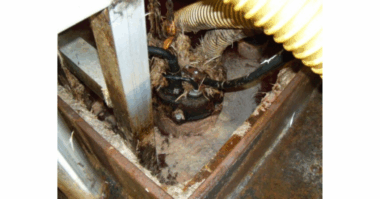The equipment used to suppress pathogens in poultry agriculture has been given an upgrade, with Grundfos pumps at the heart of the improvements.
Some of the tools and methods employed in poultry agriculture are unchanged for decades. Modern advances are present throughout the industry but one key area has been lagging behind. To restrict the spread of pathogens and disease in hatching eggs and bird flocks, sanitizing chemicals are often used. However, they may be inaccurately and manually applied which is inefficient and potentially hazardous.
Grundfos Area Sales Manager John Manwaring likens the use of agricultural sanitizing chemicals measured and applied by hand in large volumes to “using a sledgehammer to crack a walnut”. The industry was crying out for a way of administering essential sanitizer in managed volumes that was more efficient, more cost effective and most importantly, safe, compliant and future-proof. Potential exposure to workers, outdated controls, excessive use of chemicals, regulatory compliance and damage to the environment were other factors that meant a fresh approach was needed.
The Grundfos Solution:
A digital dosing pump that injects a precise amount of sanitizer droplets into the hatchery… enough to kill bugs threatening chick health but not enough to harm the chicks.
Grundfos joined forces with their customer Sonas to create a new precision automated chemical dosing system capable of supplying a smaller but more exact concentration and dose of the chemical into the atmosphere.
Compliant with all regulatory bodies, it can be administered and monitored remotely as it links to a connected screen for visual operation from a location elsewhere on the farm, meaning workers no longer need to handle any chemicals during operation.
“The industry was crying out for a way of administering essential sanitiser in low but managed volumes that was more efficient, more cost effective and most importantly, safer. Health and safety is the number one priority, but farmers also need to know they are disinfecting wisely, reducing maintenance costs and creating a healthy environment for their poultry and in turn their customers. If you consume poultry or eggs from a UK source, it is very likely to have been protected by Sonas product and Grundfos pumps”
John Manwaring, Area Sales Manager, Grundfos
Background
More than 200 digital dosing pumps are already operating in some of the most prominent agricultural facilities in the UK.
The Digital Dosing Advanced (DDA) 7.5-16 FCM is the FCM version of Grundfos’ small digital dosing pump and comes with an integrated screen for easy visual operation and the benefits of inbuilt over pressure, dry run and pipe burst protection.
As a result, customers are reporting a dramatic reduction in downtime caused by wet component materials such as seals in the specialist equipment, which complies fully with UK Biocidal Product Regulations.
An intuitive graphical user interface gives easy access to a wide range of highly advanced functions and features – a powerful variable-speed stepper motor and turn-down ratio of up to 1:3000 means the pump ensures smooth, continuous and ultra-precise dosing in any chemical treatment application.
Additionally, FlowControl can detect any issues in the DDA dosing pump such as overpressure, line bursts and air bubbles in the dosing head and suction-side cavitation, meaning less downtime and lost revenue.
A built-in timer means your team can set up batch dosing either as a simple repeating cycle or for up to 16 procedures over the course of a week.
 97722018 DDA 7.5-16 FCM. This is the FCM version of the Grundfos small digital dosing pump. The pump comes with an integrated screen for easy visual operation and the benefits of inbuilt over pressure, dry run and pipe burst protection.
97722018 DDA 7.5-16 FCM. This is the FCM version of the Grundfos small digital dosing pump. The pump comes with an integrated screen for easy visual operation and the benefits of inbuilt over pressure, dry run and pipe burst protection.

99171932 E-box 500, Ethernet DDA. The E-box connects the pump to the BMS system within this cabinet and externally if needed. The pumps can be operated then from a remote location and all in one place. The need to go to the pump is then eradicated which helps with ongoing maintenance costs and health and safety clearance.
Overview
- Automated chemical dosing
- Exact dosage
- Animal safe concentration safeguards
- Avoidance of workforce exposure
- Customer and regulator compliant solution
The Outcome
- Decrease in reliance on the application of antibiotics in the food-chain through continued use of sanitizing chemicals
- Drop in animal mortality rates due to accurate dosing
- Protected and increased production profit by optimizing pathogen protection for customers.
The Benefits
Instant reductions in pathogen levels, down to as low as zero detection. Healthier birds and a more profitable product, with the system providing positive ‘growth against standard’ in all areas. Enhanced return on investment within the first year of operation.




